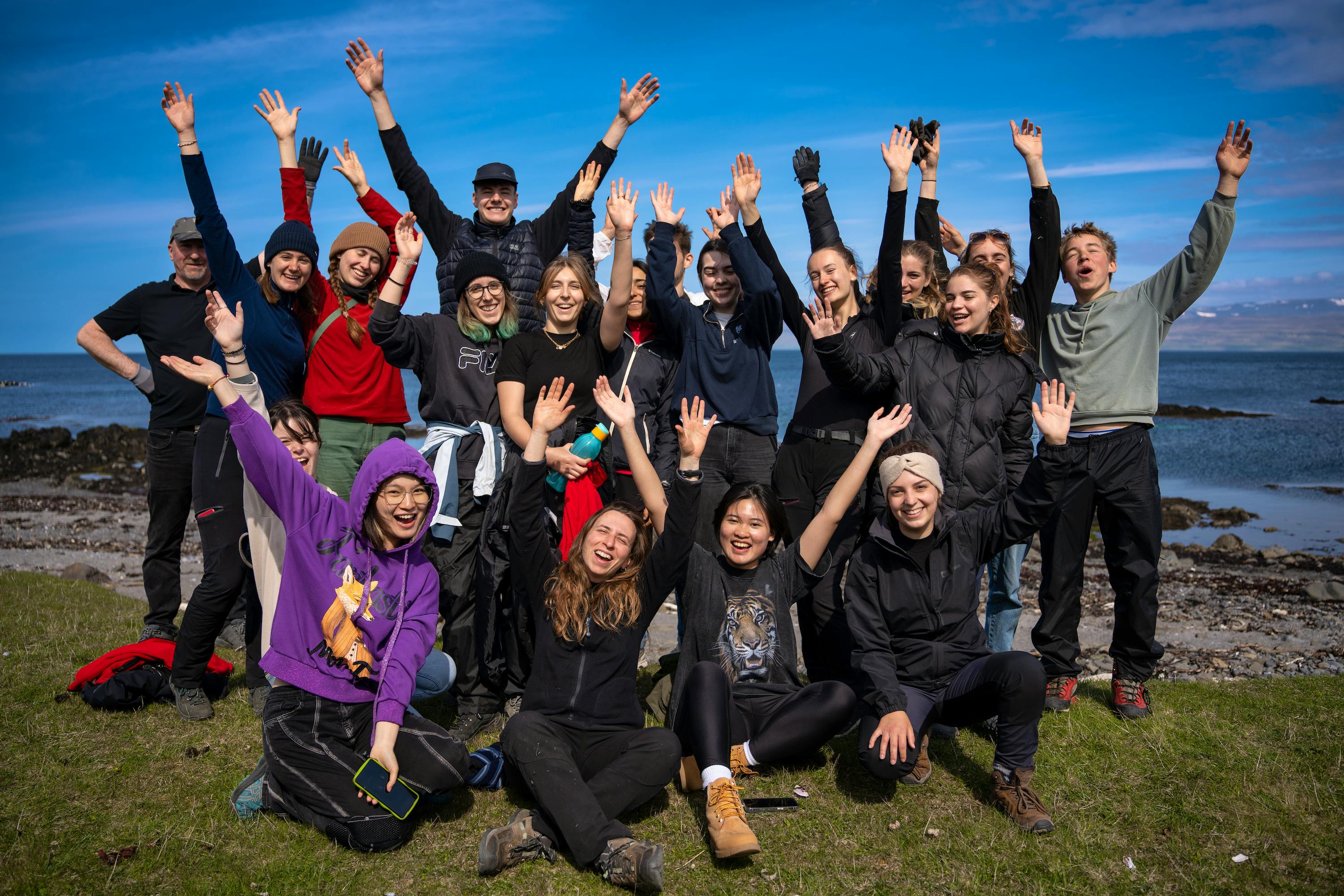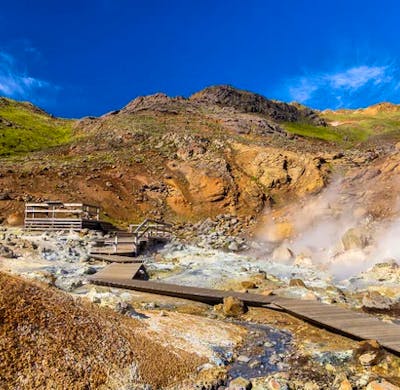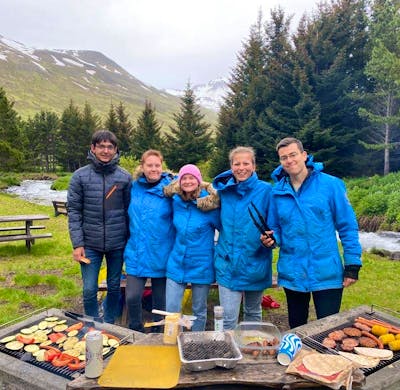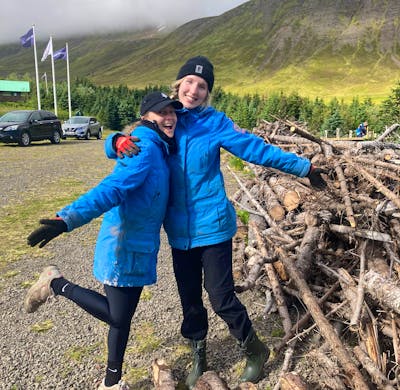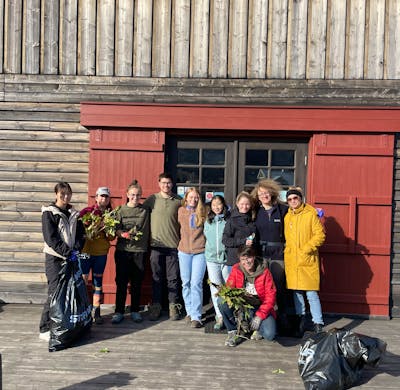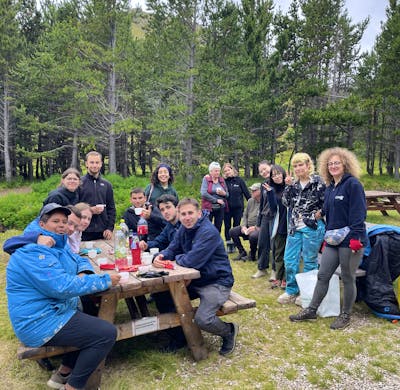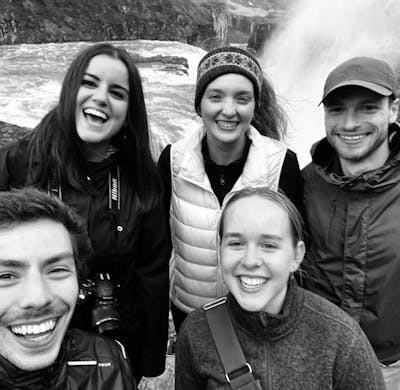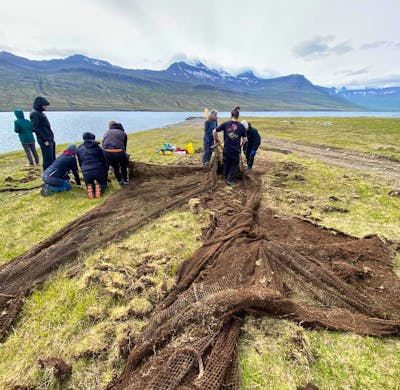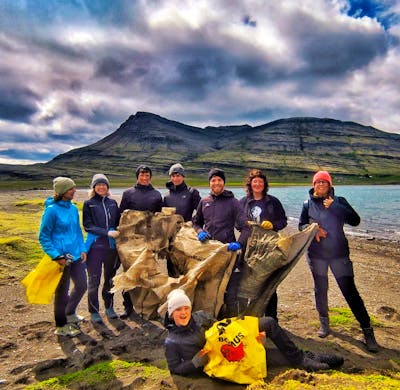from 2,250€
Let's get Sustainable - 6 Weeks on the move
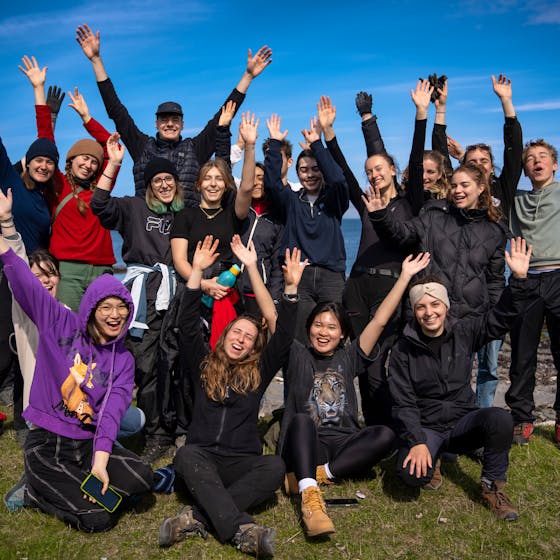
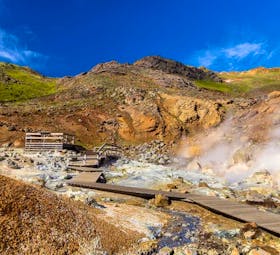
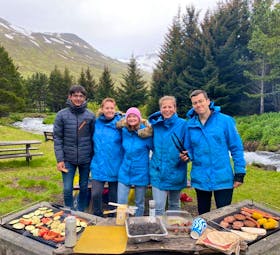
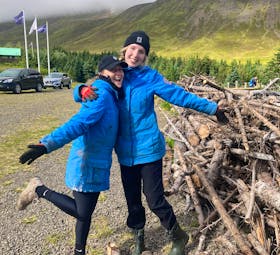
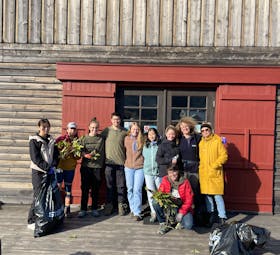
Highlights
- Embark on an adventure that will take you to explore the land or Fire & Ice
- Share your culture and traditions with other international volunteers while improving your English.
- This project will help you to be an environmentally conscious traveller
- Experience the Northern Lights during winter and the white nights during summer.
- Join excursions that will take you to Black Beaches, Geysers, & Waterfalls!
Especially suitable
About the program
Learn about the Sustainable Development Goals of the UN. Embark yourself on an adventure that will take you to discover all of Iceland and its natural wonders.
During the six weeks, you will travel to Discover Iceland! Starting at Krýsuvík. Afterward, you will head to BRÚ. Finally, visit the charming town of Siglufjörður
Krýsuvík
Work
The aim of the project is to develop Local, Organic, and Sustainable Agriculture. The main work of this camp will be ...
Typical day
A typical working day has the following schedule:
- 8:00 Breakfast
- 9:00-12:00 Work
- 12:00 Lunch
- 13:00 to 15:00 Work
- 15:00 to 18:00 Free time
- 18:00 Workshop
- 19:00 Dinner
- 20:00 Movie Night
Free-time activities
The areas around the houses are great for hiking. Plan ahead, share your travel plans, stay on the trail, properly dispose of waste, leave areas as you found them, and do not approach or feed wildlife. You should not go for high or steep mountains without a professional guide.
WF Iceland will ...
Requirements
What's Included
What's NOT included?
Details on arrival
Arrival: Meeting Point: Reykjavik City Hall, Tjarnargata 11 (Bus stop #1 Ráðhúsið) Main Entrance. Please be at the meeting point at 16:00 hrs.
Departure: Departure from the camp to Reykjavik is on the last day of the project, on Wednesday. The group will be back in Reykjavik around 20:00hrs. Participants should not book their flights before this. Drop off BSI Bus Station
Note: the night of the last date of the camp is NOT included. Keep in mind that you need to arrange for your stay in Reykjavik before and after the workcamp.
The 2024 Program starts on Tuesday and ends on Wednesday, the dates are the following:
23-Apr
7-May
21-May
4-Jun
18-Jun
2-Jul
16-Jul
30-Jul
13-Aug
Program fees
Meet your organization
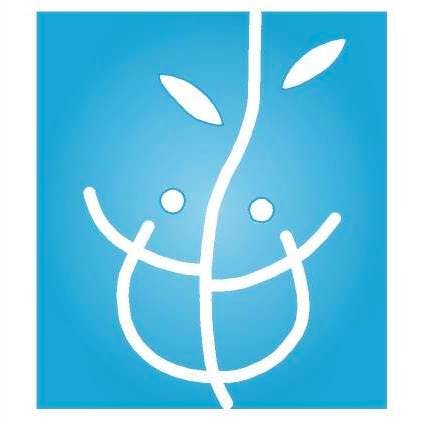
Worldwide Friends
Non-profit - founded in 2001
Verified by Volunteer World
Coordinated by
Victoria
About the project
42 reviews ·  4.3
4.3
Location

You might also be interested in
-
Plastic Reduction
Reykjavik
Waste Reduction
Projects Abroad
Group Volunteering
Best Volunteer Programs
Adults
Volunteer Trips for College Students
Voluntouring
Global Volunteer Opportunities
Couples
